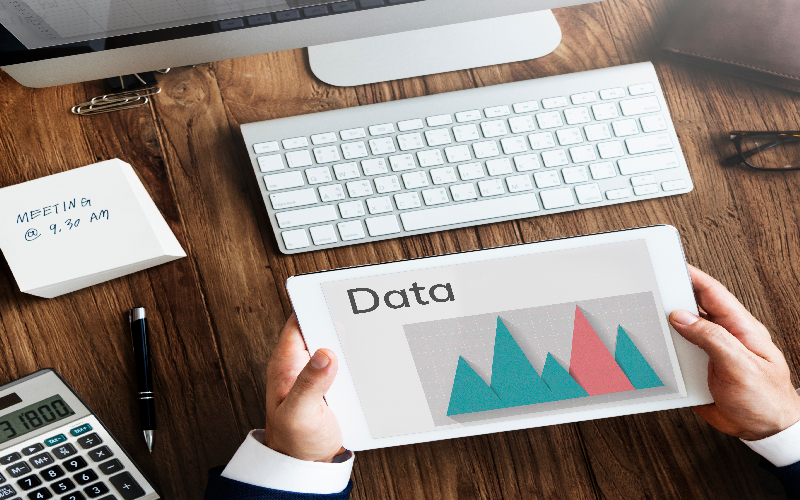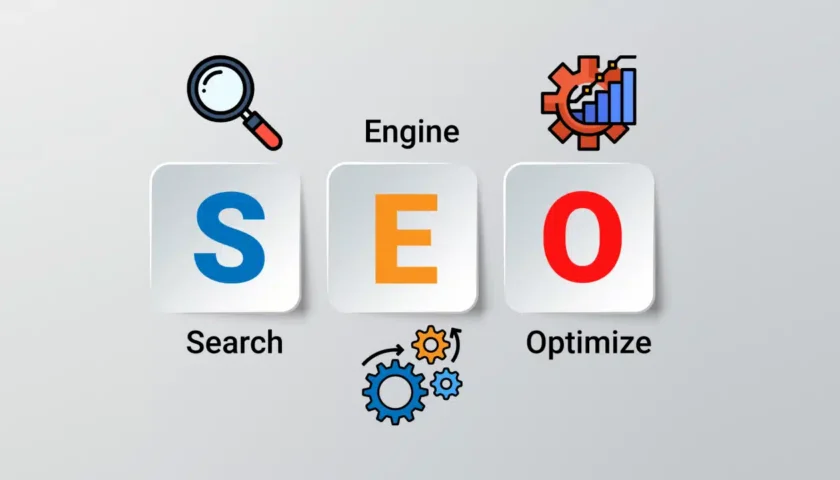Data mining is the process of discovering hidden patterns, trends, and insights within vast datasets. It plays a pivotal role in modern businesses, healthcare, finance, and various other fields. In this blog, we’ll dive straight into the data mining process without any unnecessary fluff, providing a clear and concise overview of the key steps involved.
1. Data Collection
The first step in data mining is gathering the relevant data. This data can come from various sources, such as databases, spreadsheets, web scraping, sensors, or even social media. The quality and quantity of data collected significantly impact the success of the entire process. It’s crucial to ensure the data is accurate, complete, and relevant to the problem you’re trying to solve.
2. Data Preprocessing
Raw data is often messy and needs to be cleaned and prepared for analysis. Data preprocessing involves:
- Data Cleaning: Removing duplicate records, dealing with missing values, and correcting errors to ensure data accuracy.
- Data Transformation: Converting data into a suitable format, such as normalizing numerical values or encoding categorical variables.
- Feature Selection: Choosing the most relevant features (attributes) for analysis to reduce dimensionality and computational complexity.
3. Exploratory Data Analysis (EDA)
EDA is a critical step to gain a better understanding of your dataset. This process involves:
- Data Visualization: Creating graphs and charts to visualize data distribution, relationships between variables, and potential outliers.
- Statistical Analysis: Calculating descriptive statistics to summarize key characteristics of the data, such as mean, median, and standard deviation.
EDA helps you identify patterns and relationships within the data, which can guide subsequent analysis steps.
4. Model Selection
Choosing the right data mining model or algorithm is essential. The selection depends on the nature of the problem you’re solving and the characteristics of your data. Common data mining techniques include:
- Classification: Used for predicting categorical outcomes, such as classifying emails as spam or not spam.
- Regression: Used for predicting numerical values, such as forecasting sales based on historical data.
- Clustering: Groups similar data points together based on similarities, useful for customer segmentation or anomaly detection.
- Association Rule Mining: Identifies patterns or associations among items in transactional data, like market basket analysis.
The choice of model should align with your objectives and the insights you want to extract from the data.
5. Model Training
Once you’ve selected the appropriate model, it’s time to train it using your prepared dataset. During this step, the model learns from the data, adjusting its parameters to make accurate predictions or discover patterns.
6. Model Evaluation
After training, you need to assess the model’s performance. Common evaluation metrics depend on the type of problem you’re tackling. For classification, metrics like accuracy, precision, recall, and F1-score are commonly used. For regression, mean squared error (MSE) or R-squared are typical metrics.
Evaluating your model’s performance helps you identify potential issues and fine-tune it for better results. If the performance is unsatisfactory, you may need to go back to previous steps and revisit data preprocessing or try different models.
7. Model Deployment
Once you have a well-performing model, it’s time to put it into action. Deployment involves integrating the AI for enterprises model into your production environment so that it can make real-time predictions or generate insights. This might require collaboration with IT teams to ensure the model works seamlessly within your systems.
8. Model Monitoring and Maintenance
Data mining doesn’t end with deployment. Models may degrade in performance over time due to changing data patterns or other factors. Regular monitoring and maintenance are crucial to ensure your model continues to deliver accurate results. If necessary, retraining the model with new data may be required.
9. Interpretation and Visualization
Understanding the results of your data mining efforts is essential for making informed decisions. Interpretation involves translating the model’s predictions or patterns into actionable insights. Data visualization tools can help present these insights in a clear and understandable manner to stakeholders.
10. Reporting and Decision-Making
The final step in the data mining process is reporting your findings and using them to drive decision-making. Effective communication of the insights gained from data mining is vital for informing strategies, optimizing processes, and solving business challenges.
Conclusion:
In conclusion, the data mining process is a systematic approach to extracting valuable insights from data. It involves collecting, cleaning, and preparing data, selecting appropriate models, training and evaluating those models, deploying them into production, and continuously monitoring and maintaining their performance. Data mining is a powerful tool that can provide businesses with a competitive edge and help them make data-driven decisions. By following these steps without unnecessary fluff, you can streamline the process and extract meaningful insights from your data efficiently.
Also Read – Power of Hyperautomation: Creating a Highly Effective Roadmap





